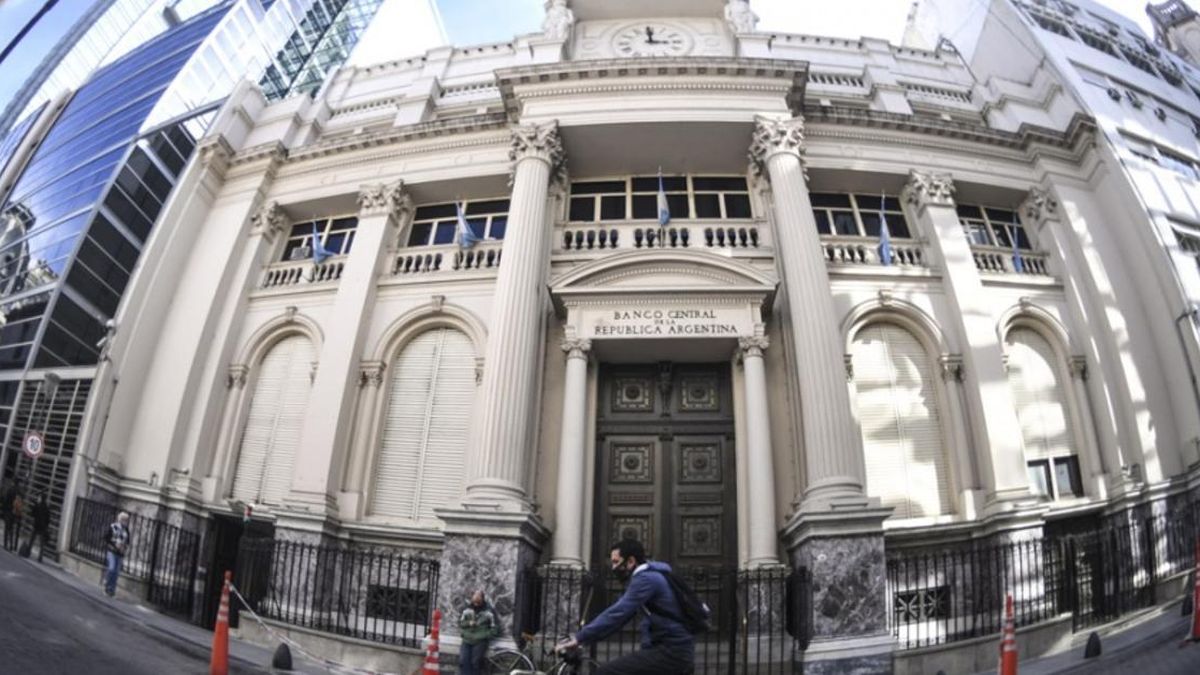The market is waiting for the increased demand for financing from the private sector begins to absorb part of the excess pesos which today is contained in different Treasury debt instruments.
This is indicated in a report by the consultant 1816 in which banks are supposed to be forced to renew Liquidity Tax Letters (LEFIs)or Capitalizable Letters (LECAPs) below 100%
According to the estimates of 1816 of every 100 pesos that financial entities have received for deposits from the private sector, 64 They were already borrowed. This implies that soon, real interest rates will tend to rise.
The consultant also explains that since the last reduction in interest rates was announced by the Central Bank, in July of this yearloans to the private sector grew 49%.
This is because it is becoming less and less attractive to lend excess money to the State. Thus, 1816 anticipates that since the Government said that it will not issue more money, “The only way liquidity can be injected in the short term is with banks stopping renewing LEFIs or LECAPs.”
How many leftover pesos are there?
According to estimates by the former vice president of the Central Bank, Gustavo Cañonero, presented during the BCRA Monetary and Banking Conferences, The peso overhang that the current administration received is in the order of US$100,000 million at the official exchange rate.
This “surplus” of money is now contained in different financial instruments issued by the State and in some way they are waiting for the demand for local currency increases to free up without generating inflation.
How many pesos will there be to lend?
For example, as explained in the private report, LEFIs currently total $9.6 billion while deposits in pesos $13 billion and considers that in the next Treasury debt tenders it is likely that they will be renewed below 100%. For the remainder of the year, the Secretary of Finance, Pablo Quirno, has about $16 billion left to renew, the consulting firm estimates.
According to the report, banks will always seek to maintain a stock of LEFIs of $8 billion, so there would be $1.6 billion left over, to which should be added $13 billion deposited by the Government in the BCRA as a product of bidding for bills. , with which There would be about $14.6 billion to finance credit expansion in the short term.
1816 warns, however, that “peso cushion” to finance credit expansion could be lower to the estimate if the Government decides to buy the dollars from the BCRA to pay debt maturities in foreign currency. The money for this operation would come out of the Treasury account at the Central Bank.
Among the alternatives there are to maintain a flow of pesos thatue to go to loans from the private sector is that the Government suspend the mechanism through which the BCRA sells in Cash with Settlement the dollars it buys from exporters through the Single and Free Exchange Market (MULC), a system that was opportunely announced to withdraw part of the pesos issued.
The other possibility is that the scenario is reversed and that is that the banks, instead of having to place excess pesos to the Central through paid passive repos as they have been doing until now, demand active passes. The consultant says that the Thursday, October 10, they demanded $382,000 million, a record figure until now.
What will happen to the dollars
The report highlights the success of the laundering that contributed some US$11.8 billion, bringing the deposits to some US$30.5 billion. In this regard, he points out that loans in dollars to the private sector total about US$7.6 billion. 1816 estimates that if the deposits – loans ratio is also located at 60% as in the case of pesos, The “cushion” of dollars to expand credit would be about US$10.5 billion, which is equivalent to another $10.5 trillion.
Source: Ambito




